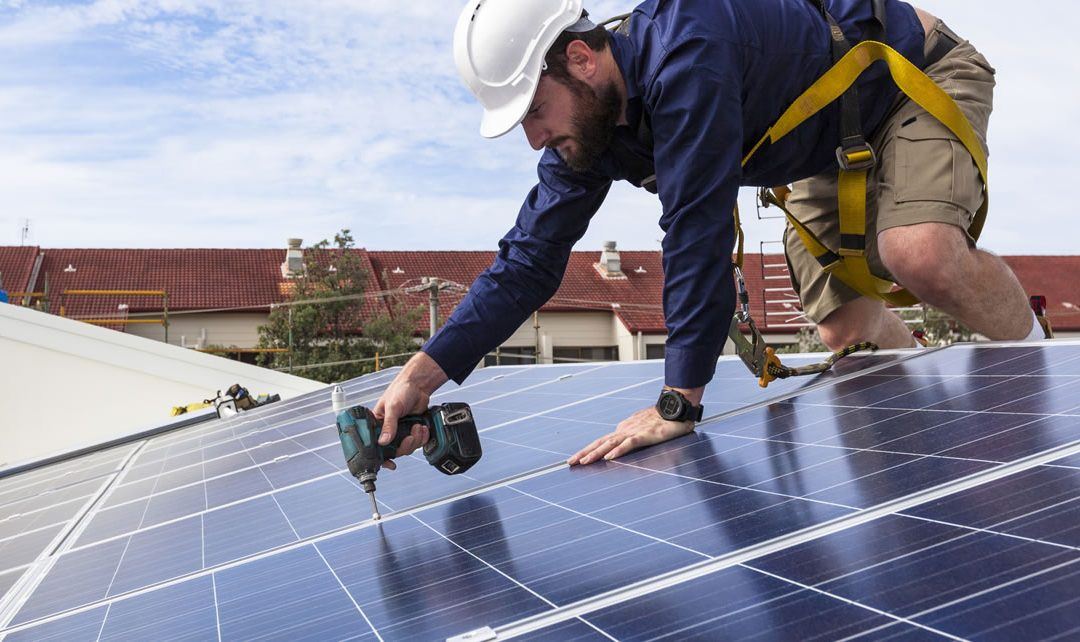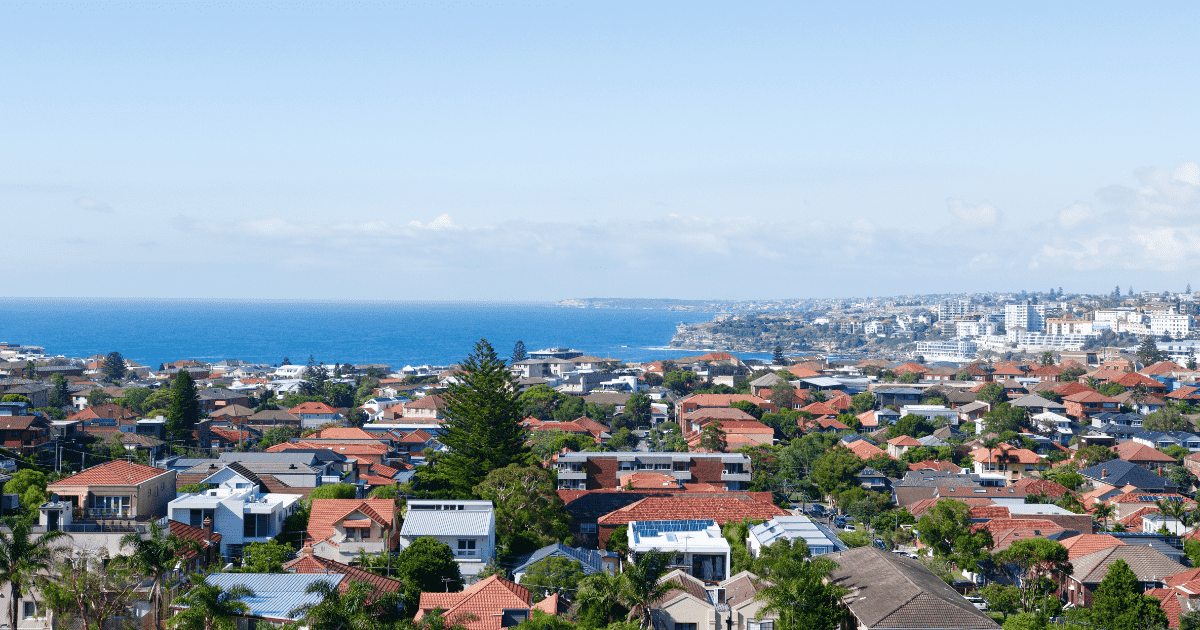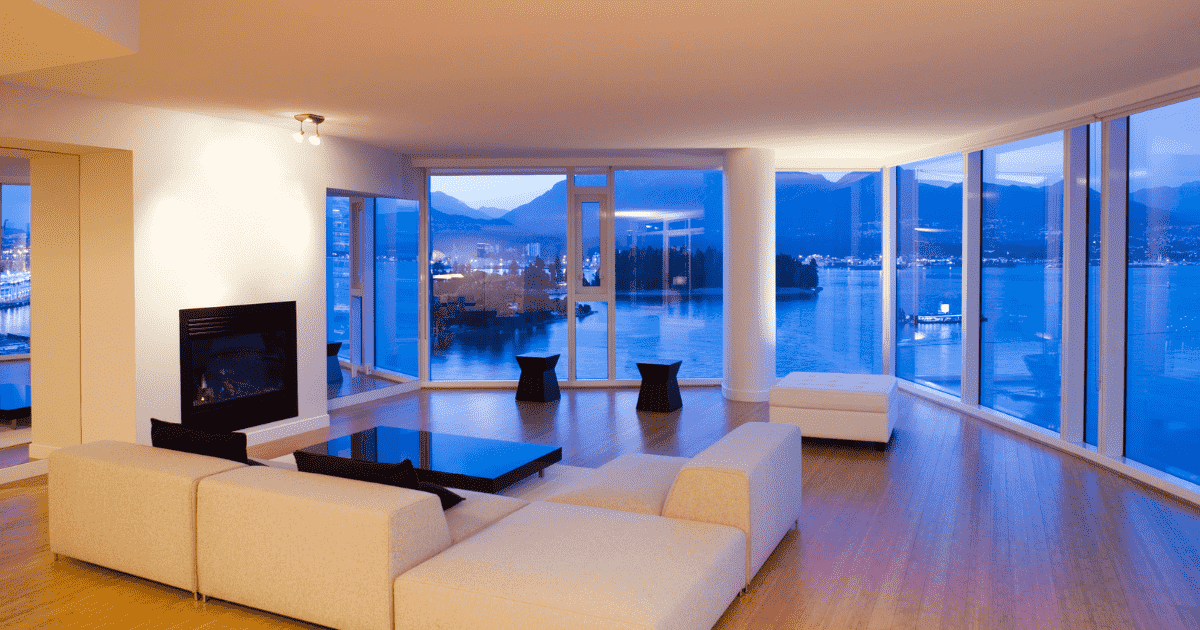We all know the main reason we need to make our homes more energy efficient is to protect the environment, but the second most important reason for slowing global warming is to put money in our clients’ collective pockets. We know that adding modern day systems like solar power and other tools can save greatly on energy bills, but does installing these systems add value to the home?
Michael Garrity, CEO of Financeit, a point-of-sale financing company based in Toronto says, “We’ve seen about a 200 per cent increase in the percentage of our loans that are going into the green area over the last four years.” He says solar financing for home improvements has increased by 232 per cent from 2013 to 2016 and he expects this year to bring the largest year-over-year growth in solar financing.
Garrity says that Financeit does not do direct research into home buying and renovation trends, so they are just as curious to find out why this is happening as anyone.
“We’ve been looking at some of the studies that the Canadian Home Builders’ Association (CHBA) has put out. They surveyed 24,000 new homeowners a couple of years ago and they asked people what their key motivations were in driving a new home purchase. Energy efficiency was the third most desired trait (behind) cost and geography.”
Of the people who cited energy efficiency in this survey, Garrity said their core motivation was to reduce utility costs. “That’s the biggest survey that we have seen, and what it tells us is that energy efficiency is important for customers. Their core motivation is lowering the monthly maintenance cost of any new house they would purchase,” says Garrity.
“We don’t track green usage specifically, but from what we have seen on the usage platform over the last couple of years, we’ve seen people going to more energy efficient HVACs, putting solar panels on their roof and using geothermal to make their home more energy efficient.”
Garrity also points to a different CHBA survey that says the average home built today uses half as much energy as the exact same size of home built in 1985. The increased efficiency is due to refinements in heating, HVAC systems and window installation, among other advancements.
“Homes have clearly gotten a lot more energy efficient and people know that. They are also thinking about the high cost of hydro, which has increased dramatically and it’s a political issue now. So an energy efficient home is a real important selling feature,” says Garrity.
Does a home with greener systems add value for a higher sale?
“If you are wanting to increase the curb-appeal or the desirability of your house, and energy efficiency is the third most important thing that people are looking for, being energy efficient is probably a great investment,” he says.
Ask yourself, “What is the energy inefficiency of your home? If it’s related to poor window installation or single-pane windows as opposed to the modern ones, then that is an expenditure that will be in the $5,000 to $15,000 range,” he says.
Insulation is a $3,000 to $10,000 job depending on the age and size of the home. A large upgrade is solar power installation, which is a “bigger ticket” item of about $20,000 to $25,000, he says.
One final thought about green living for increased home value is that energy costs will not be going down – in fact, Garrity says it is quite the opposite. “If you had to predict where energy costs are going in future, the only safe prediction is that they will continue to rise,” Garrity says. “Gas prices have continued to increase as governments levy more taxes against something that is a discretionary purchase and that has environmental consequences.”
Some of the most popular green living additions that can be made to a house include sealing up cracks and air holes with insulation products and replacing old appliances and heating/cooling systems with more modern energy efficient ones.
Not only does a house with environmentally sound systems save a home buyer money, green living is clearly a selling tool that can be leveraged to heighten the sales price. Add that to the fact that we are helping the environment and its sustainability and it’s a win-win-win for all involved.
Jon Hiltz submitted this column on behalf of WAYRA Spanish School. He has been a journalist for over a decade, writing for major publications in Canada and internationally.














